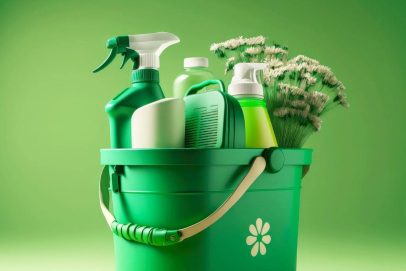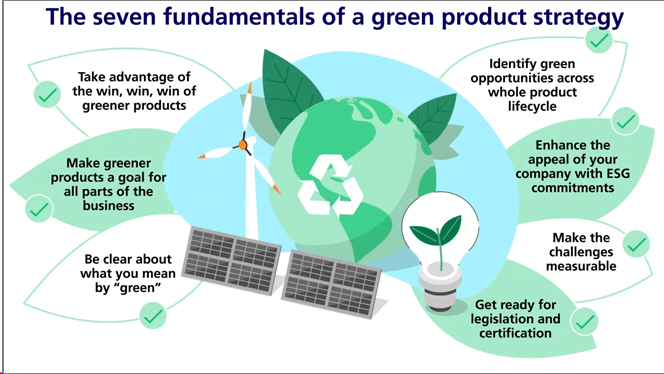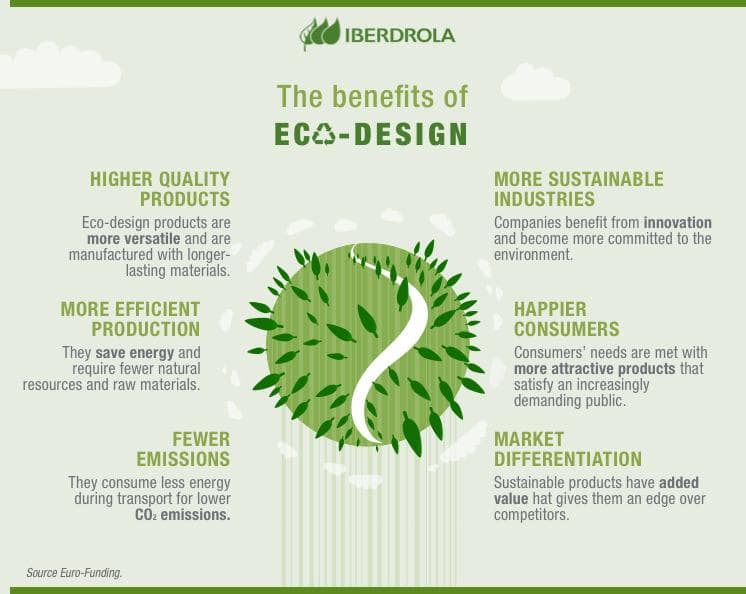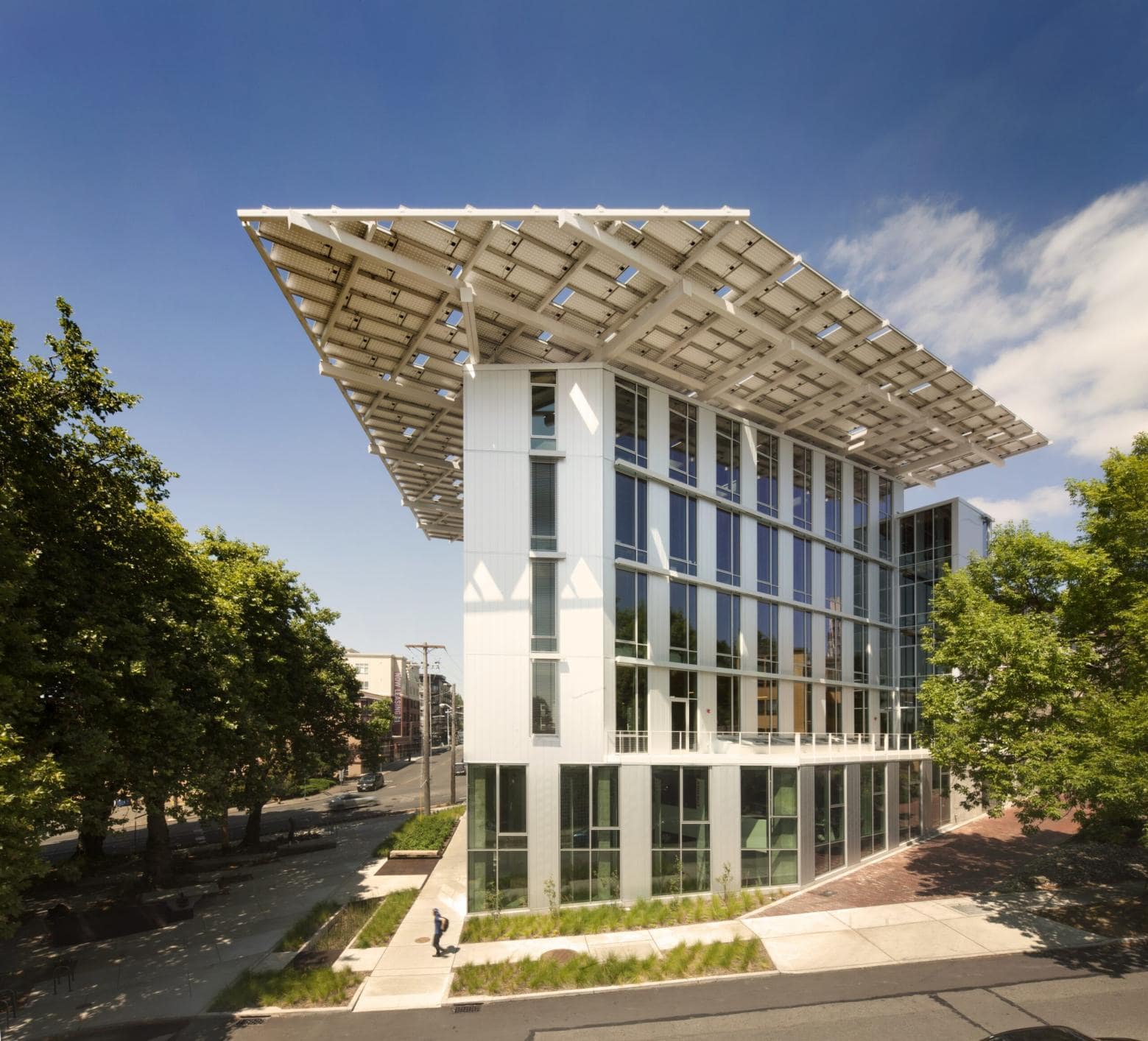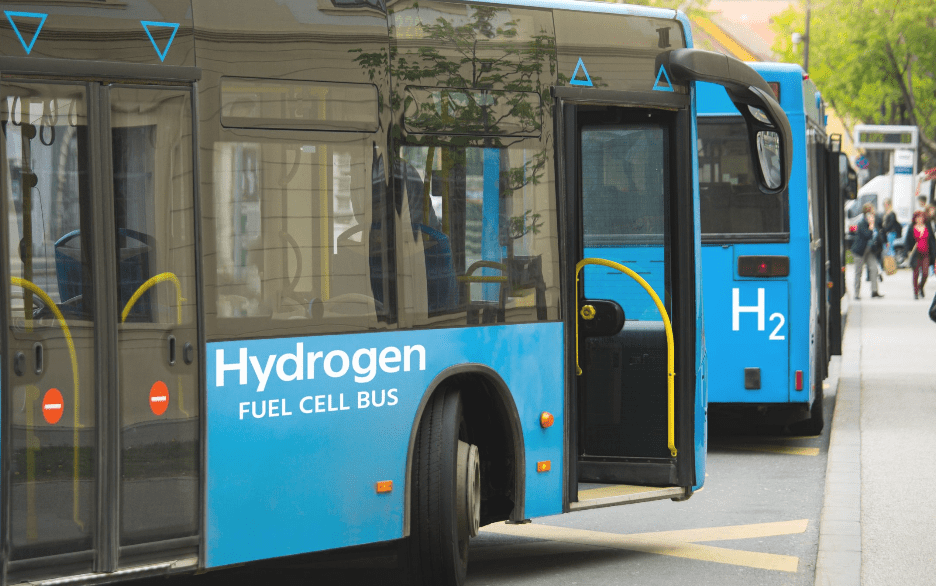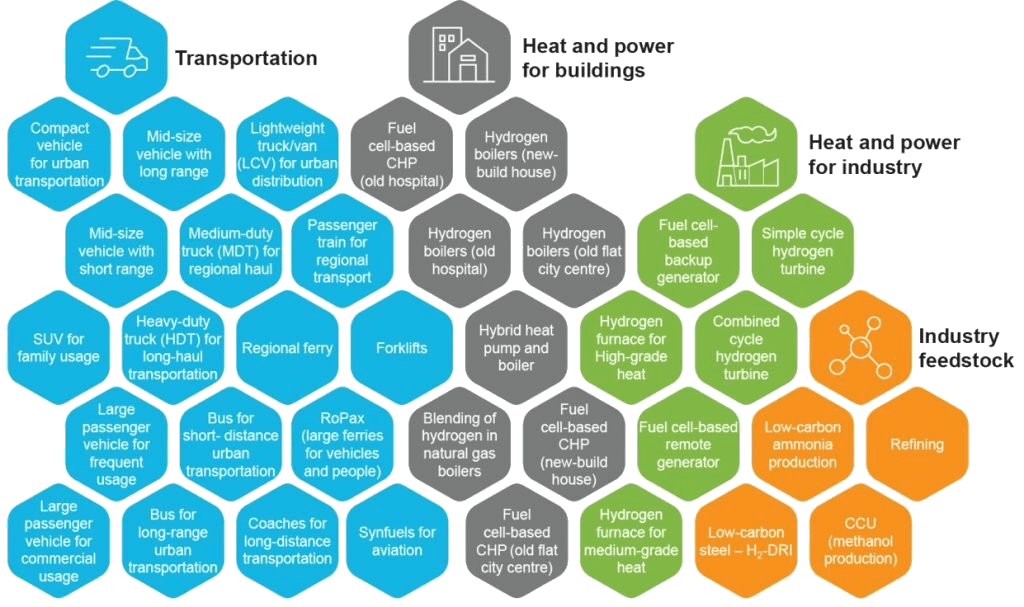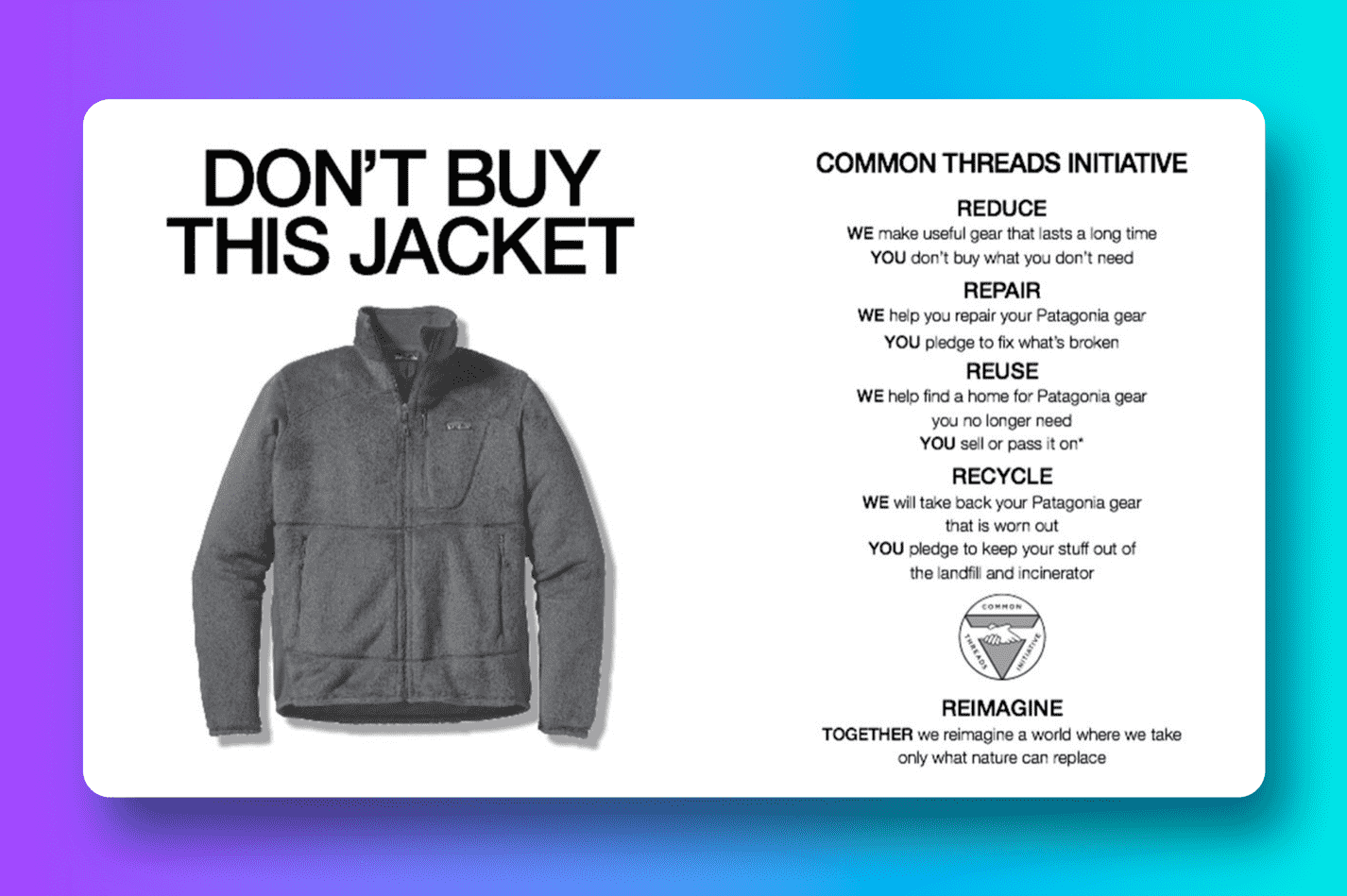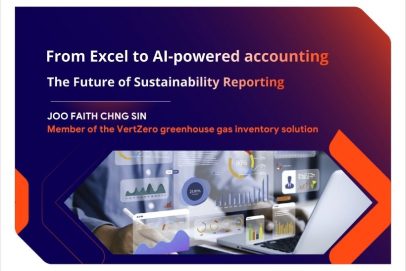Green Products: Your Guide to Sustainable Living
1. Introduction
The growing awareness of the environmental crisis has led to a greater demand for ways to reduce individual impact on the planet. One impactful approach centers on making conscious choices about the products purchased and used on a daily basis. Green products offer smarter, more sustainable alternatives that benefit both the environment and the consumer.
This blog post provides a thorough exploration of green products. It examines their distinguishing characteristics, the advantages of choosing them, and guidance on how to integrate green options into various aspects of life.
2. What Exactly Are Green Products?
Green products, also known as sustainable or eco-friendly products, are designed to minimize their environmental footprint throughout their entire lifecycle. Key considerations include:
- Materials: Green products frequently utilize recycled materials, renewable resources (like bamboo), or materials produced in ways that lessen harm to the environment.
- Manufacturing: Production processes prioritize energy efficiency, waste reduction, and minimizing air and water pollution.
- Use: Many green products are designed to be more energy-efficient in operation or to help consumers avoid disposable products that ultimately end up in landfills.
- Disposal: In the ideal scenario, a green product is either fully biodegradable to avoid long-term environmental impact or easily recyclable to facilitate the reuse of its materials.
Seven Fundamentals For Green Product Strategy (Gi-de.com, 2023)
3. The Compelling Benefits of Choosing Green
Green products, or sustainable products, are crucial for environmental responsibility. Consumers are drawn to them for their reduced environmental impact and societal benefits (Lestari & Nita, 2021). However, challenges exist in integrating sustainability research into product design (Jiang et al., 2021). Effective sustainability messaging influences consumer choices (Tulysewski et al., 2023), and perceived scarcity can enhance the appeal of green products (Park et al., 2022).
Successful green products need both actual sustainability and alignment with consumer perceptions (Dehaibi et al., 2019). Evaluation indicator systems can help guide sustainable product development (Zhao & Wang, 2021). It’s essential to integrate sustainability throughout the design process (Trojanowski, 2022). Innovation is a key driver in sustainable products (Wang & Su, 2022), and tools like the Emotionally Sustainable Design Toolbox can aid in this (Wu et al., 2021). Companies need to evaluate sustainability throughout their product development processes (Reichard & Martin, 2023).
There are numerous reasons to consider switching to green products. Some of the most significant include:
- Reduced environmental impact: Green products contribute to the reduction of harmful pollution, conserve precious resources like water and energy, and minimize waste sent to landfills.
- Healthier for consumers: Many conventional products contain toxic chemicals. Green products often use natural, safer ingredients reducing exposure to harmful substances.
- Protection of wildlife and habitats: Sustainable sourcing and production methods associated with green products help protect biodiversity and prevent habitat destruction.
- Supporting ethical companies: Businesses that prioritize green practices tend to operate with greater social and environmental responsibility.
- Long-term cost savings: While some green products might have a slightly higher initial price, they often prove more durable and efficient in their use, potentially saving money in the long run.
4. Green Products Case-studies
Let’s take a tour through different areas of life where greener choices can be made:
4.1. Construction & Building
- Green Building Materials: Recycled concrete, bamboo flooring, low-VOC paints, and insulation made from natural fibers are replacing traditional, less sustainable options.
- Energy-Efficient Systems: Smart thermostats, LED lighting, solar panels, and rainwater harvesting systems reduce energy consumption and water usage in buildings.
- Construction Waste Management: On-site recycling programs and the use of prefabricated components minimize waste sent to landfills.
Case Study: The Bullitt Center – A Blueprint for Sustainable Building
BULLITT Center in Washington DC (Living Future, 2023)
Problem: Traditional commercial buildings contribute significantly to resource depletion, pollution, and greenhouse gas emissions. The construction industry often prioritizes short-term costs over long-term environmental and social impacts.
Solution: The Bullitt Center in Seattle serves as a visionary model demonstrating the potential for deep sustainability in commercial buildings, redefining industry standards.
Key Features & Strategies:
- Net-Positive Energy: Rooftop solar panels generate more energy than the building consumes annually.
- Water Stewardship: A rainwater collection system provides for most of the building’s water needs, minimizing reliance on municipal sources.
- Waste Management: Composting toilets significantly reduce water use and transform waste into valuable fertilizer.
- Sustainable Materials: Prioritizes responsibly sourced, healthy materials such as recycled content and FSC-certified wood.
The world’s greenest commercial building in Seattle (Bullit Building, 2023)
Impact:
- Living Building Challenge Certification: Meets one of the world’s most rigorous sustainability standards.
- Environmental Performance: Drastically reduced carbon footprint, water use, and waste production compared to conventional buildings.
- Industry Catalyst: Inspires architects, developers, and policymakers to raise the bar for sustainable construction practices.
Key Takeaways:
- Ambitious Vision: The Bullitt Center proves that high-performance green buildings are both achievable and beneficial.
- Systems Approach: True sustainability requires integrating various strategies for energy, water, waste, and materials.
- Occupant Well-being: Careful design promotes healthy indoor air quality and connection to nature, enhancing occupants’ well-being.
- Beyond the Building: The project aims to inspire broader changes in urban planning and policy for a more sustainable built environment.
4.2. Manufacturing
- Sustainable Materials: Manufacturers are replacing harmful chemicals with safer alternatives and incorporating recycled materials into product design.
- Closed-Loop Production: Systems are developed to recapture and reuse waste materials, minimizing the need for virgin resources.
- Renewable Energy: Factories are increasingly powered by solar, wind, or geothermal energy to reduce their carbon footprint.
5 sustainable materials to look out for in 2022 (Teorra, 2022)
- Electric Vehicles (EVs): The rise of EVs and hybrid vehicles significantly reduces emissions compared to conventional gasoline-powered cars.
- Sustainable Fuels: Biofuels made from renewable sources and the development of hydrogen fuel cells offer cleaner alternatives to fossil fuels.
- Public Transportation Optimization: Efficient bus and train systems, as well as the promotion of biking and walking infrastructure, encourage eco-friendly transportation choices.
Case Study: RenewH2 – Harnessing Green Hydrogen
Problem: The transition to clean energy faces challenges due to the intermittent nature of renewable sources like solar and wind. Energy storage solutions are crucial for grid stability and reducing reliance on fossil fuels.
Hydrogen – Fuel Cell Bus (RenewH2, 2024)
Solution: RenewH2 specializes in producing “green hydrogen” using excess renewable electricity to power electrolysis, splitting water into hydrogen and oxygen. This stored hydrogen can then be used for various applications:
- Energy Storage: RenewH2 converts stored hydrogen back into electricity via fuel cells during periods of peak demand, balancing the grid and maximizing renewable energy utilization.
- Transportation Fuel: Hydrogen fuel cells power zero-emission vehicles, particularly for long-haul trucking and other heavy-duty transportation sectors.
- Industrial Decarbonization: Green hydrogen offers a clean fuel alternative for industries like steel and chemical production, traditionally reliant on fossil fuels.
RenewH2 Blue Ocean for Sustainable Fuel (RenewH2, 2023)
Results and Impact:
- Environmental Impact: RenewH2’s model significantly reduces greenhouse gas emissions by displacing fossil fuels in energy, transport, and industry.
- Energy Resilience: By storing renewable energy as hydrogen, the company contributes to increased grid stability and reduces dependence on unpredictable energy sources.
- Economic Opportunity: RenewH2 creates jobs in the burgeoning green hydrogen sector and stimulates innovation in clean energy technologies.
Key Takeaways:
- Partnerships are Key: RenewH2 collaborates with renewable energy providers, industrial partners, and transportation companies to build a robust hydrogen ecosystem.
- Scalability: The company’s business model aims for rapid growth to meet increasing demand for clean hydrogen solutions.
- Policy Support: Government incentives and favorable regulations are crucial for accelerating the adoption of green hydrogen technologies.
4.4. Textiles & Fashion
- Sustainable Fabrics: Organic cotton, hemp, linen, and recycled textiles are gaining popularity as alternatives to conventional, resource-intensive materials.
- Ethical Production: Companies are prioritizing fair labor practices, minimizing water pollution, and reducing chemical use throughout their supply chains.
- Slow Fashion Movement: This movement encourages consumers to purchase fewer, higher-quality garments designed to last, reducing textile waste.
Case Study: Patagonia, a leader in sustainable outdoor apparel, uses recycled materials like polyester and nylon in their products and partners with suppliers who share their commitment to ethical and environmentally responsible practices.
A Patagonia shirt’s tag (Patagonia, 2023)
Problem: The textile and fashion industries are significant contributors to environmental pollution, resource depletion, and unethical labor practices. Traditional fast-fashion models prioritize rapid production and low costs at the expense of the environment and workers.
Solution: Patagonia, a pioneer in outdoor apparel, has built sustainability into the core of its business model. They demonstrate that high-quality, durable garments can be produced in ways that minimize environmental harm and uphold ethical practices.
Patagonia’s Green Products and Strategies:
- Recycled Materials: Patagonia extensively uses recycled polyester and nylon in their clothing, reducing the need for virgin resources and diverting waste from landfills.
- Ethical Sourcing: The company partners with suppliers committed to fair labor practices, ensuring workers are treated with dignity and respect.
- Environmental Responsibility: Patagonia minimizes water use and chemical pollution throughout its supply chain, striving to reduce its overall environmental footprint.
- Product Longevity: Patagonia designs its apparel to last for years, encouraging consumers to buy less and choose clothes built for durability.
A Patagonia Marketing Campaign about “Don’t Buy This Jacket” (Patagonia, 2022)
Results and Impact:
- Environmental Impact: Patagonia’s use of recycled materials and focus on responsible production significantly lower their environmental impact compared to conventional competitors.
- Positive Brand Image: The company’s dedication to sustainability resonates with customers, fostering a loyal following and strong reputation.
- Industry Influence: Patagonia sets a high standard for sustainable practices within the textile industry, inspiring other brands to adopt similar approaches.
Key Takeaways:
- Sustainability as a Core Value: Patagonia demonstrates that environmental and social responsibility can be central to a company’s mission and success.
- “Buy Less, Demand More”: Patagonia encourages mindful consumption, focusing on long-lasting, high-quality products.
- Transparency Matters: The company provides detailed information about its materials, manufacturing processes, and sustainability efforts fostering trust with consumers.
References:
- Dehaibi, N., Goodman, N., & MacDonald, E. (2019). Extracting customer perceptions of product sustainability from online reviews. Journal of Mechanical Design, 141(12). https://doi.org/10.1115/1.4044522
- Jiang, P., Dieckmann, E., Han, J., & Childs, P. (2021). A bibliometric review of sustainable product design. Energies, 14(21), 6867. https://doi.org/10.3390/en14216867
- Lestari, M. and Nita, A. (2021). The influence of sustainable product’s attributes toward the willingness to pay for sustainable product. Malaysian Journal of Social Sciences and Humanities (Mjssh), 6(8), 542-551. https://doi.org/10.47405/mjssh.v6i8.981
- Park, J., Eom, H., & Spence, C. (2022). The effect of perceived scarcity on strengthening the attitude–behavior relation for sustainable luxury products. Journal of Product & Brand Management, 31(3), 469-483. https://doi.org/10.1108/jpbm-09-2020-3091
- Reichard, J. and Martin, A. (2023). Sustainable design evaluation – integration of sustainability in product development processes. Proceedings of the Design Society, 3, 3275-3284. https://doi.org/10.1017/pds.2023.328
- Trojanowski, T. (2022). Environmental and social approach to creating a product strategy in confectionery industry enterprises. Polish Journal of Environmental Studies, 31(5), 4893-4905. https://doi.org/10.15244/pjoes/148185
- Tulysewski, G., Hendrie, G., Baird, D., & Malek, L. (2023). Evaluating front-of-pack environmental sustainability messaging for meat and meat alternative products. Proceedings of the Nutrition Society, 82(OCE2). https://doi.org/10.1017/s0029665123001246
- Wang, S. and Su, D. (2022). Sustainable product innovation and consumer communication. Sustainability, 14(14), 8395. https://doi.org/10.3390/su14148395
- Wu, J., Jin, C., Zhang, L., Zhang, L., Li, M., & Dong, X. (2021). Emotionally sustainable design toolbox: a card-based design tool for designing products with an extended life based on the user’s emotional needs. Sustainability, 13(18), 10152. https://doi.org/10.3390/su131810152
- Zhao, H. and Wang, H. (2021). Constructing an evaluation indicator system for sustainable fashion.. https://doi.org/10.2991/assehr.k.210803.059
| Exclusive article by FPT IS expertAuthor Pham Tuan – Director of VertZero product |


